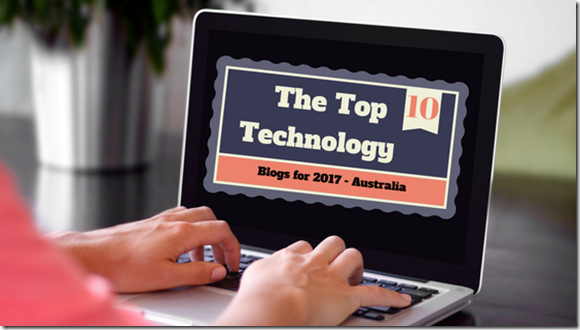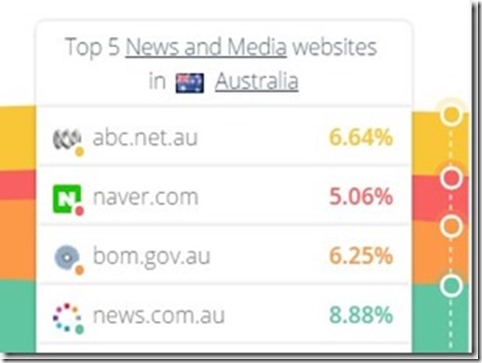Digital transformation has recently been proven to be successful, even in more traditional industries. The technology that is available has increased levels of digitisation around the country, often in industries where we wouldn’t have thought it possible. Looking at a few of these sectors below, we can see how adapting to digital technology will not only increase efficiency but drive improved profit margins overall.

Farming and agriculture
Many farmers believe that more traditional ways of farming are best, however there is a new generation of agricultural students that are being exposed to new farming technologies. These technologies are expected to help ease and streamline farming and agricultural industries and drive them forward into the future. For those looking to digitise their business, there is a wide range of new technologies to adopt.
A strong case is being made at expos around the country for the integration of digital technologies into farming and agricultural practices. These expos showcase the latest technology on the market, from remote cattle station tech to state-of-the-art vineyard processing equipment.
Activities and entertainment
Across each generation we see a gradual move toward more technological and digital forms of entertainment. For boomers this may have been the television, and for millennials it was the introduction of the smartphone. Children today learn how to interact with ipads before they learn how to read. Companies like Sony have dominated the market with the introduction of their online gaming hub where players can interact with other like-minded people from around the world. A far cry from the days of Atari and Nintendo 64.
Online entertainment has revolutionised the way that we interact with people. Digital environments like those created by online casinos and social media networks have successfully adapted the ways in which we find and create experiences. We have more entertainment available to us than ever before, and all at the touch of a button.
Simplifying government communications
When the MyGov portal was released in 2013 the focus was to provide basic functions by securely connecting Australians to government services. By providing Australians with a digital GovID that is verified and secure, digitisation has remarkably improved the convenience of accessing government services for all. Where you would once have to visit multiple offices, which was not always convenient for those living in remote and rural areas, you can now interact directly from the comfort of your own home.
The digital transformation process for a range of government departments has also improved their communications to the public. The ATO now posts regular updates about important changes to the rules regarding taxation and superannuation via the MyGov site, which helps many Australians to keep a firm grasp on the current laws. Where you would once have to consult a tax agent who would check the laws in massive printed volumes, you can now access everything you need directly from the portal, providing both independence and freedom for those who wish to handle their own tax affairs.
Automotive sales industry
Something as simple as shopping for a new or second-hand car has been transformed by digitalisation. A search of Australia’s CarSales website will provide you with an extensive range of new or second-hand cars for sale in your area. This form of digital transformation is a great hybrid, as it doesn’t diminish the need for car dealerships and allows for the personal connection involved in the process of buying a car. Even those who still prefer the traditional method of visiting a dealership will research the closest vendor and explore their options via a smartphone.
No matter what industry you work in and where you are located, you can experience the positive effects of digital transformation. From farming to gaming, there’s no stopping this tech tidal wave of improved productivity and increased accessibility.




























